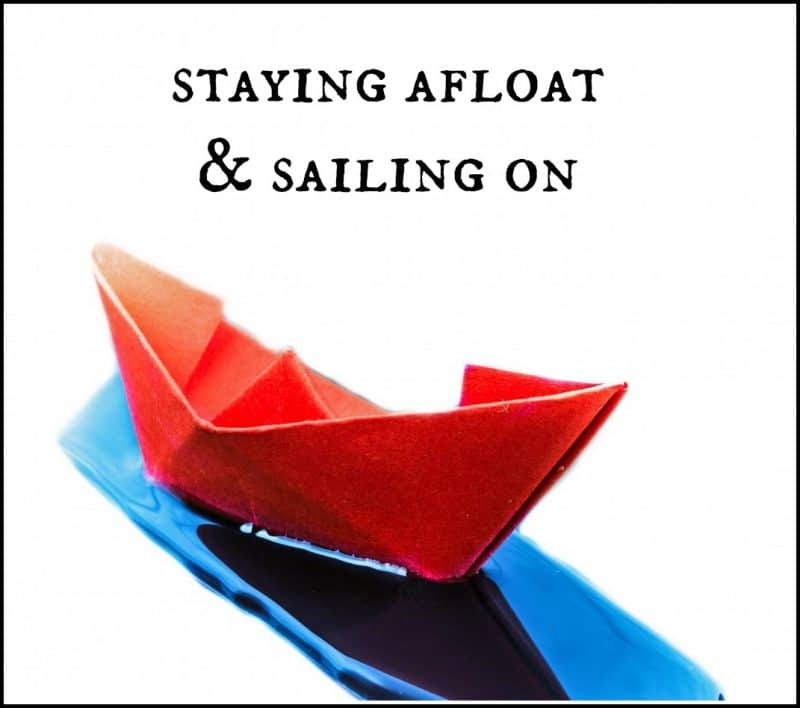


The Web once seemed to be little more than a simple catalogue of linked, non-linear information, neatly organized and searchable. But the problem is that they turn out to be, well, pushy. We have entered the age of push technologies. Intended to ease the work of wading through the information now available, these tools have instead yielded a different sort of informational deluge, pushing upon us so much information at such great speed that reading and communication have accelerated into hectic, frantic activities. Add in chat applications, customized e-mail news alerts (essentially digital clipping services), newsletter subscriptions, and online calendars, and the result is a great welter of information demanding immediate attention. There are also programs designed to facilitate personal communications: e-mail applications social networking sites like Facebook and MySpace and Twitter (a “micro-blogging” system that lets users send and read very short messages via cell phones or websites). Additionally, other tools may feed constant updates, turning the side of the screen into a sort of ongoing, customized news scroll. The program pulls information from these sources and reformats it so that, instead of visiting a hundred websites, the user need only open the browser and skim the headlines it presents him, organized by category - politics, technology, arts and entertainment, economics, and so on. Chief among these is a news reader, an application that uses an electronic syndication protocol known as RSS (Really Simple Syndication) to continuously collect and organize news stories and blog posts from the sources to which the user subscribes. First, there are programs for news and blog updates. The programs can be divided into two broad categories.

The purpose of these applications is to assist us in staying afloat as the vast tides of information continue to rise. And the browser has not disappeared, but it has certainly evolved: rather than acting solely as a picture window through which to view static Web pages, it now also serves as a frame for an array of applications which sort, filter, and manipulate information for its users. Although the computer monitor is still the primary way by which we view the Web, other devices - BlackBerrys iPhones and big-screen, media-center televisions - also increasingly play a role. Yet in the most important ways, the Wired piece has proven accurate. This new medium, we learn, would not “wait for clicks”: it’s “always-on, mildly in-your-face” and will “bombard you with an intensity that invitational media never muster.” Content, we are promised - or warned? - “will not hesitate to find you.”Ī decade later, some of these predictions have not come to pass: thankfully, our toasters don’t yet deliver the latest political headlines. Next, all of these devices would coordinate their information delivery, transforming the Web from a passive medium, in which users request information, to an active medium, in which information “pushes” itself toward users. In March 1997, Wired magazine, ever the zealous prophet of near-future consumer tech, breathlessly trumpeted the imminent death of the Internet browser and the rise of so-called “push media.” In short, the idea was that the Web would expand beyond the confines of the browser, both to additional desktop applications and to a host of other devices: phones, televisions, appliances, and even wallpaper.


 0 kommentar(er)
0 kommentar(er)
